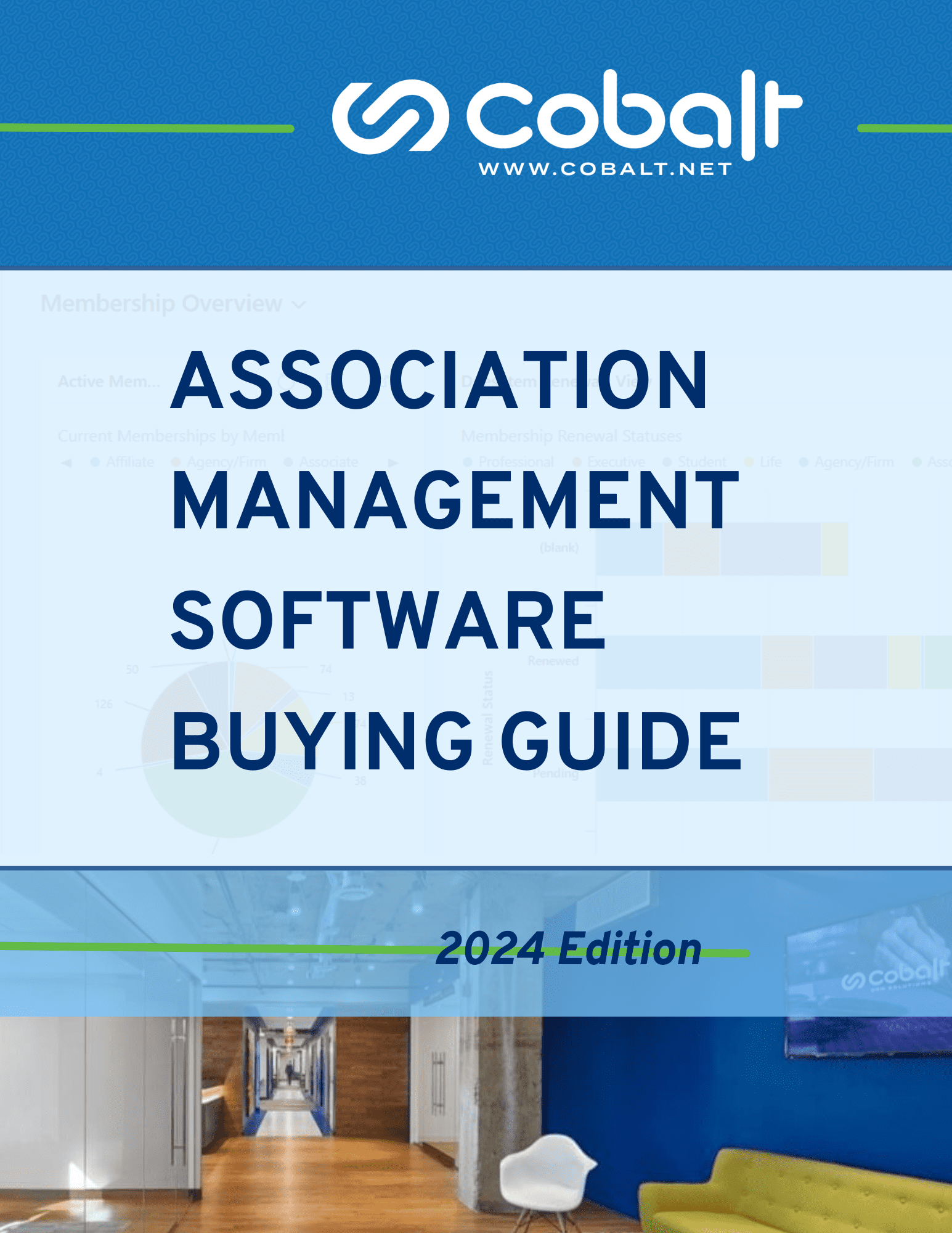The CRM vs AMS Comparison Continues
If you had to describe the difference between a customer relationship management (CRM) system and association management software (AMS), what would you say? Seriously—don’t feel bad if you’re not exactly sure. It’s not an easy question to answer for a lot of people, even experts that have used both for years. This might not seem like a big deal, but if you don’t understand some of the CRM vs AMS differences, it could lead to some serious headaches for your association.
A big part of the reason the lines are blurry is because some companies and more and more people in the association space are just using the terms interchangeably. There’s something of a historical explanation and a salesmanship ploy for this that I’ll get to shortly, but let’s try and cut straight to a helpful distinction between the two terms and the functionality they represent.
A CRM is software that has been designed to manage customer relationships.
Its primary or core functionality is designed for sales automation, customer service, and marketing efforts. These core modules and systems also provide a foundation for building additional lines of business functions which do typically include those handled by an AMS. Examples of true, robust, mature CRM systems include Microsoft Dynamics 365 and Salesforce.
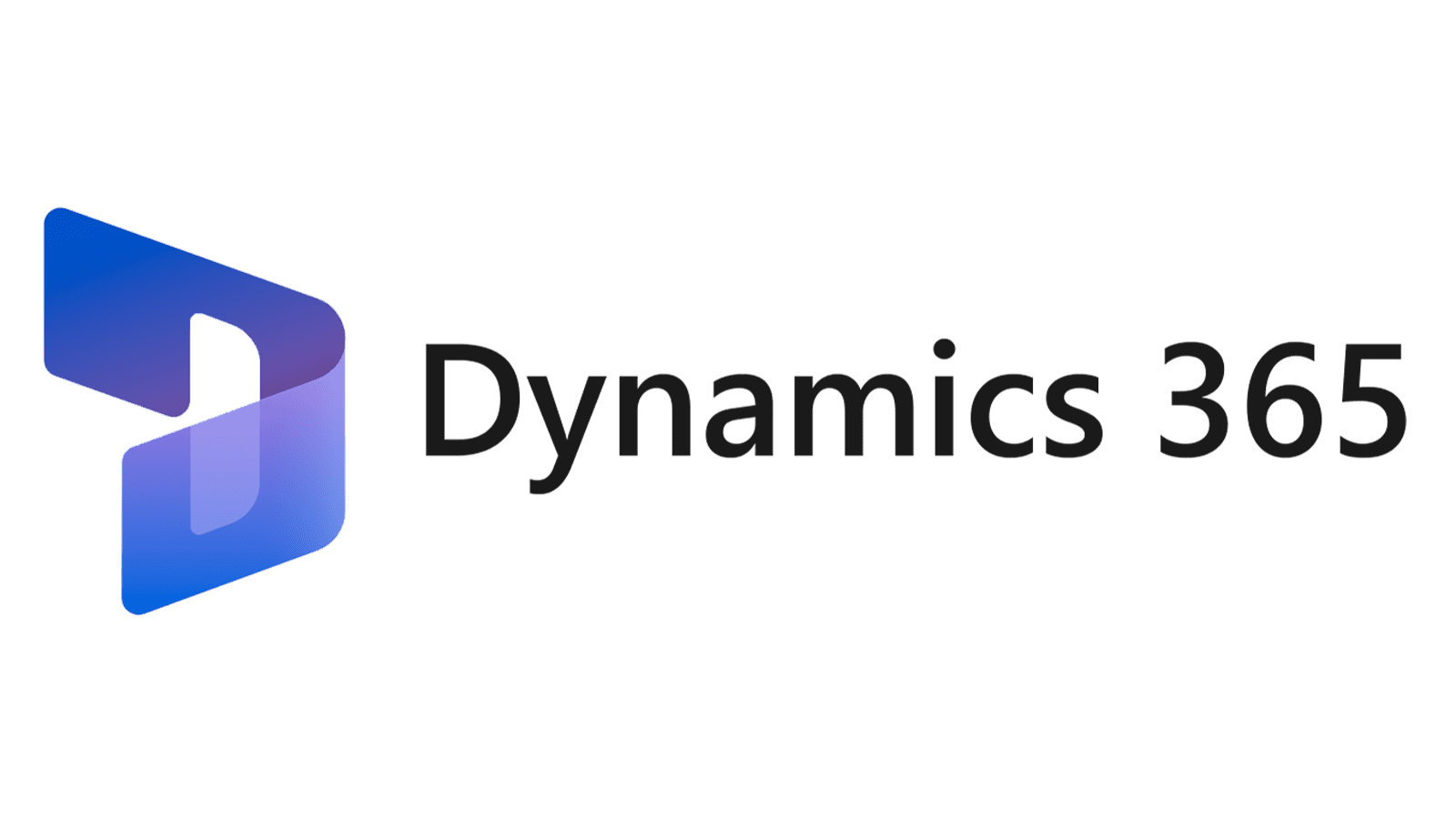
An AMS is software that has been designed to manage the unique needs of running an association.
Its primary or core functionality is designed for member management; payments of dues and donations; course or meeting registrations; eCommerce; committee and chapter management; and all the other things associations do and need to manage that commercial enterprises do not. There are many AMS solutions on the market, but we’re especially proud of Cobalt’s Engagement Dynamics. It’s built for growing and mid-sized associations who need more than what the entry-tier AMS providers offer.
Both systems collect and store data, but the heart of a meaningful CRM vs AMS distinction is what data they collect … and why.
CRM systems store data that can be used to create stronger customer relationships to increase revenue and grow a business or organization. An AMS stores data that is used to run an association, perform the day-to-day functions of your staff and serve the needs of your members.
CRM systems give you a complete view of everything your organization has done with a customer, and that information can be accessed and utilized by staff in different roles. AMS systems give you streamlined, integrated means for those different members of your staff to actually do the work they need to do that day, like selling exhibits or promoting a membership renewal drive.
Our companion blog AMS vs CRM for Associations: Which is Best? breaks down even more distinctions and considerations as you look at different systems. I hope you’ll take a look at that resource as well. It’s got more detailed pros and cons and
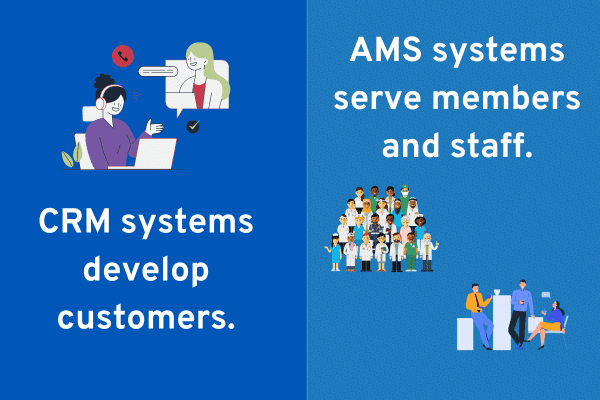
We’ve written extensively about the core distinctions between the design and functions of a CRM vs AMS in our Why You Should Expect Less From Your Association’s AMS article.
Why the CRM vs AMS Differences Matter for Associations
Okay, so what? The biggest reason to keep the two functions straight is that your association needs, or will need, at least some core CRM functionality. Some of the organizations we connect with that are shopping around for an AMS don’t see the need for a CRM or its functionality. Others see the need and think they are getting dependable CRM functionality with an AMS vendor, when they really aren’t.
There can be a kind of complacency or dependence on the status quo that settles in for associations. It’s not uncommon to hear explanations like: “Our membership numbers are more or less stable. They might be up or down a few percentage points year to year, but we can point to some explanations for that, like what’s happening in our economy and people’s disposable income …”
Especially with well-established associations, it’s so easy to just assume that the historical strength of your membership and the public support for your mission will continue. I believe that no matter how well-known your organization is, you will need prospecting and customer service systems.
You may not need or think you need it today, but at some point, you’ll be fighting for market share like everyone else.
Core CRM Functionality for Associations
You may be asking yourself the big question: WHY should associations have a CRM? If both systems are collecting and storing data, but an AMS is designed specifically to serve members and staff of associations, is it worth having a CRM as well?
CRMs provide prospecting and customer service system functionality that many AMS systems won’t include. Finding new prospective members, creating meaningful connections with them, and keeping them engaged through the membership application process are all places a CRM can help.
CRMs Help Increase Non-Dues Revenue
Additionally, CRMs can do so much to help associations boost their non-dues revenue. This starts with enabling associations to segment their membership based on various criteria (e.g. demographics, preferences, engagement levels) for actionable insights. The data stored in a CRM allows associations to do many of the things that have become standardized best practices for sales and marketing teams:
A robust, configured CRM system can empower your association to understand your member base better, tailor offerings to meet their interests and needs, and help you implement effective strategies that drive non-dues revenue growth.
Dynamics 365 has specific sales and marketing functionality to make this even easier, with intuitive, bleeding-edge functionality (and AI-driven features). It’s designed to help organizations increase their member engagement and revenue growth.
We’ve written a lot about D365 Sales and D365 Marketing (now known as Dynamics 365 Customer Insights) features on our blog. One of the biggest benefits for associations we’ve found is that it’s best as an “all in one” platform where you can do everything in one place. Instead of jumping to three or four different platforms and vendors to handle your membership management, marketing, and data analytics, keeping everything in one central location saves a ton of time.
Why Some AMS Vendors Blur the CRM vs AMS Lines
There are some compelling reasons you should treat your association like a business, at least from an infrastructure and operations management standpoint.
Apparently, I’m not alone in this line of thinking, which is why more and more AMS vendors are touting and/or working to develop at least some basic CRM functionality in their offering. What has quickly happened is that many AMS providers now claim they provide CRM functionality, or they downplay the differences in their pitch and marketing materials to obscure the distinctions and make it seem like their software can do both things.
It makes a lot of sense to me why companies that don’t have true CRM capabilities would blur those lines. I’ve been working in the association space for over 20 years, and I believe this gives me a unique historical perspective on this shift. Years ago, when we committed to building a product based on Microsoft Dynamics, we had the CRM functionality that associations need, but not the robust, tailor-fit modules that associations need to function every day. We had a lot of catch up and development work to do.
Since 2009, we’ve spent more than 100,000 development hours crafting and refining our association software that hundreds of associations trust. That means Cobalt can offer a true and sophisticated AMS built on and integrated seamlessly with one of the best CRM platforms in the world. From our perspective, we can see what this struggle is like from the other side. Many AMS providers aren’t built on Microsoft Dynamics 365 or Salesforce, and they are trying to play catch up in their development to build their own proprietary CRM system.
Engagement Dynamics: Cobalt’s AMS Solution
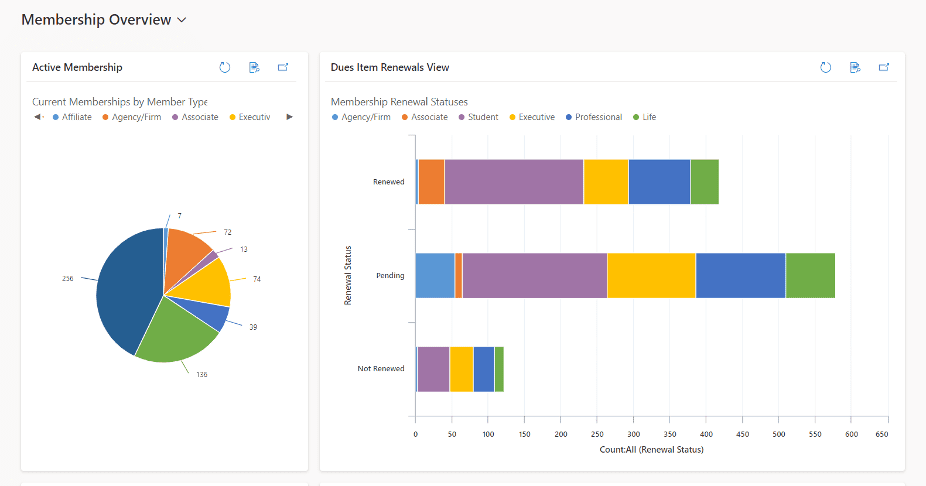
That’s a tall order, especially when you’re competing with the R&D budgets of Microsoft or the huge amounts of development and refinement work the big players have already polished. True integration between modules—or the lack of it—doesn’t become painfully clear until you’re trying to pull data for a task and run into a wall that needs a custom workaround. That’s why I think it’s so critical to understand the real differences between the two systems and know what to ask in the vetting and consideration phase of shopping for a new platform.
Comparing a CRM vs AMS: 2 Red Flags and 1 Recommendation
Finding and implementing a new system for your organization is a big undertaking, and you need to feel confident that you’re going to end up with the tools you need for your staff and your members. Let me just leave you with a couple of practical things to watch out for, and one test driving recommendation. ways to put this information about distinguishing between a CRM and AMS to good use for your organization.
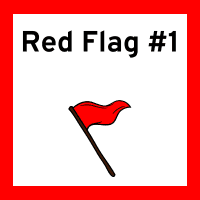
When you’re having a conversation with a prospective vendor or going through the demo phase of shopping for a new system, if they are promising they can handle your CRM needs but aren’t pushing you for particulars on your processes and needs, I think that’s a red flag. If they have an AMS and claim to have CRM functionality, that’s something they should be proud to showcase and show how it will serve your particular needs. If they aren’t, you should be asking why not. Their CRM functionality may not be all that robust, user-friendly, or integrated.
Is a vendor giving you a low price and promising both AMS and CRM functionality? Ask them how that’s possible. We’re seeing that some vendors are trying to attract customers with a low adoption price that doesn’t actually cover full CRM functionality. It’s a version of the hidden fees game that other tech and service industries sometimes go through. Press your prospective vendor for greater clarity on what their low price covers in terms of functionality, and you’ll soon discover the layers of additional pricing for the functionality you need.
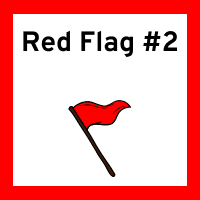
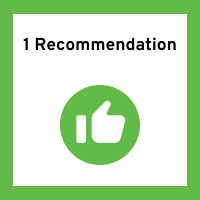
If the vendor you are talking to has proprietary CRM modules, spend extra time looking at the feature sets and interface and test-driving the usability. Your staff will need these tools to work well and seamlessly with their other software, and those integrations and workflow issues will make all the difference in efficiency, your staff’s overall happiness and satisfaction, and, ultimately, your association’s ability to serve your members well. Compare what you find with the big players in the CRM field. You can do free trials of all the commercial CRM platforms, so you can test drive the basics to get a sense of the baseline even before you contact a potential partner.
A Guide to Get You There
Understanding the differences between a CRM vs AMS is just one part of the puzzle when it comes to finding the right platform. Cobalt has worked with hundreds of associations like yours who are looking for the right fit for software that will serve them well. We’ve collected the most helpful best practices, ways to avoid process pitfalls, and insights from our collective experience and expertise in one packed-out resource.

